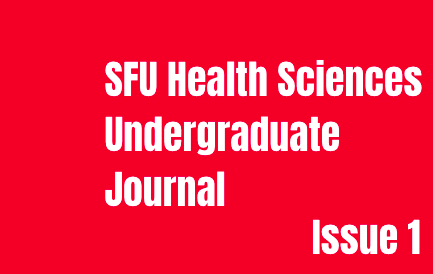Health disparities: Diabetes prevalence in Indigenous Populations
Main Article Content
Abstract
The prevalence of diabetes is on the rise across Canada and has reached epidemic levels in Indigenous communities. Socio-economic inequities and historical factors may be contributors to the higher burden of diabetes in Indigenous populations. This literature review outlines the relationship between Indigenous ancestry and the likelihood of developing type 2 and gestational diabetes in women. This review also focuses on the effects of colonization, specifically the intergenerational impact of residential school attendance and the passing of gestational diabetes from mother to child. The objective of this review was to investigate the prevalence of diabetes within Indigenous female populations and reveal factors that may be amplifying its burden. To better understand this issue, bibliographic research was conducted using PubMed and EBSCOhost databases. From the eight studies selected, results revealed that in women of Indigenous ancestry, diabetes was more prevalent than in women of non-Indigenous background. Results also suggest that the effects of colonization have transcended time and place as Indigenous ancestry was found to be related to a higher risk of developing diabetes. Programs aiming to decrease the prevalence of type 2 and gestational diabetes among Indigenous women must consider the historical, economic, and social factors faced by Indigenous communities and incorporate traditional health and wellness practices.
Article Details

This work is licensed under a Creative Commons Attribution-NonCommercial 4.0 International License.
All content in this journal is published under a Creative Commons Attribution Non-Commercial license. Content can be freely shared, distributed, modified, and reused, providing credit is given to the original author, and the work is not used in any commercial context.

